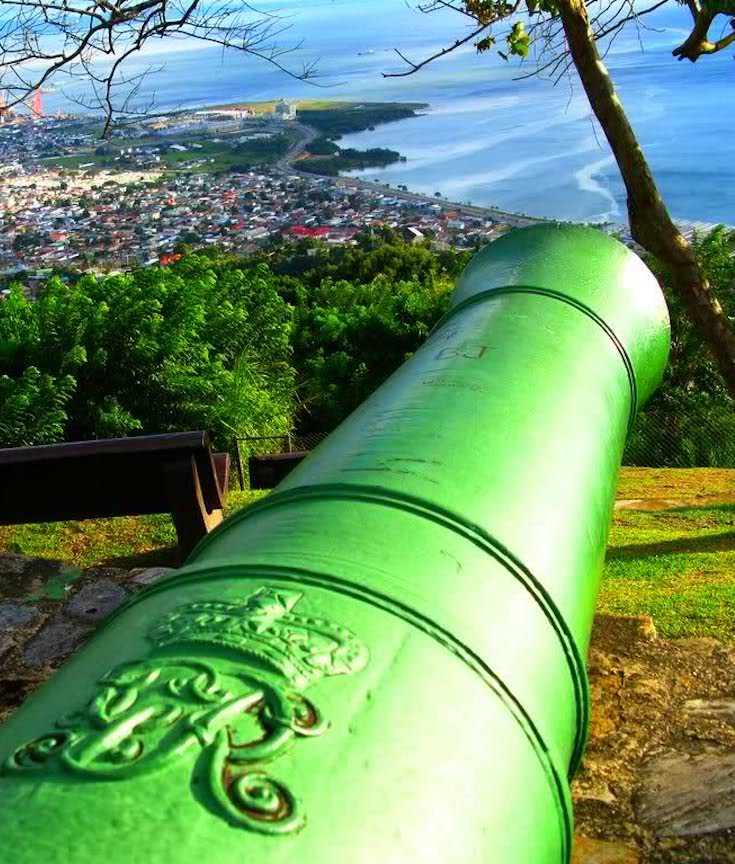This summer, the so-called Islamic State published issue 15 of its online magazine Dabiq. In what has become a standard feature, it ran an interview with an ISIS foreign fighter. “When I was around twenty years old I would come to accept the religion of truth, Islam,” said Abu Sa’d at-Trinidadi, recalling how he had turned away from the Christian faith he was born into.
At-Trinidadi, as his nom de guerre suggests, is from the Caribbean island of Trinidad and Tobago (T&T), a country more readily associated with calypso and carnival than the “caliphate.” Asked if he had a message for “the Muslims of Trinidad,” he condemned his co-religionists at home for remaining in “a place where you have no honor and are forced to live in humiliation, subjugated by the disbelievers.” More chillingly, he urged Muslims in T&T to wage jihad against their fellow citizens: “Terrify the disbelievers in their own homes and make their streets run with their blood.”
[mc4wp_form id=”6042″]

Trinidad (Spanish: “Trinity”) is the larger and more populous of the two major islands and numerous landforms which make up the island nation of Trinidad and Tobago. The island lies 11 km (6.8 mi) off the northeastern coast of Venezuela and sits on the continental shelf of South America. Though part of the South American continent, from a socio-economic standpoint it is often referred to as the southernmost island in the Caribbean. With an area of 4,768 km2 (1,841 sq mi), it is also the sixth largest in the West Indies.
Many[who?] believe the original name for the island in the Arawaks’ language was “Iëre” which meant “Land of the Hummingbird”. Some believe that “Iere” was actually a mispronunciation or corruption by early colonists of the Arawak word “Kairi” which simply means “Island”. Christopher Columbus renamed it “La Isla de la Trinidad” (“The Island of the Trinity”), fulfilling a vow he had made before setting out on his third voyage of exploration. (Wikipedia)






You must be logged in to post a comment.